Serbian history in Corfu: A place you must visit
Corfu is a globally renowned island in the Ionian Sea and a beautiful destination for summer vacations. For Serbian tourists, Corfu holds a special place. Discover the deep historical connection between Serbs and Corfu and the key events that have shaped this relationship.
Even today, older residents of Corfu will tell you interesting facts about the Serbs in Corfu, which they heard from their ancestors, with a smile in their eyes.
The connection between the people of Corfu and the Serbs is deep and imbued with many sad and beautiful emotions.
The photos you see are exclusive and we got them from the private collection of Mr. Theodoros Metallinos and we are very grateful to him for making them available to all of us.
Among our people, Corfu is often referred to as the “Island of Salvation.”
The Balkan Wars and the Beginning of World War I
Our unbreakable connection with Corfu will be forever etched in collective memory precisely due to World War I and the unprecedented suffering of Serbs, as well as the nobility and kindness of the Corfiots. Wars and hardships followed with brief pauses in between, making this one of the most challenging periods for the Serbian people.
Although the First Balkan War officially ended with the Treaty of London in May 1913, unfortunately, inter-Balkan relations were not permanently resolved. Bulgaria initiated the Second Balkan War the same year, and Greeks, Serbs, and Romanians victoriously fought against it. A few months later, the borders between Greece, Serbia, and Bulgaria were defined by the Bucharest Peace Treaty.
However, peace did not last long as World War I began in 1914.
World War I
Exhausted by the Balkan Wars, the Serbian army faced new powerful enemies when Austria-Hungary and Germany launched an offensive in September 1915. By October, Belgrade was captured, and the Serbian army was defeated.
During the winter of 1915-1916, the Serbian army was forced to retreat across the impassable mountains of Albania to avoid complete destruction by superior enemy forces.
Allied forces from Thessaloniki were unable to assist Serbia in 1915 due to several key reasons:
- Late reaction: France and Great Britain sent troops too late, arriving only in September, not quickly enough to support the Serbian army.
- Poor coordination: Lack of a unified strategy and weak coordination among the allies prevented effective action.
- Difficult terrain and enemy superiority: The Balkan terrain was challenging, and the Central Powers, including Bulgaria, had military advantage and cut off supply lines.
- Insufficient forces: Despite planning a breakthrough on the Thessaloniki Front, the allies did not have enough troops for effective intervention.
Due to these factors, the Serbian army remained alone, left at the mercy of the superior enemies.
Against a determined enemy aiming to destroy Serbia, there was little room for maneuver. It was a matter of sheer survival. One of the options under consideration was for the army to regroup and offer a final stand at Kosovo, either to hold or break through. The battle would undoubtedly be fierce and grand, but most likely in vain. The enemy was both more numerous and stronger. Another consideration was to save and strengthen the army for the decisive battle.
The decision was made to save the army, with honor and dignity, and to return with the allies, recovered and reorganized, for the decisive battle.
The historical decision of retreat was justified by Supreme Command order number 24791, dated November 25, 1915: “The moment has come when circumstances compel us to retreat through Montenegro and Albania… Surrender would be the worst solution, as the state would be lost… The only salvation from this situation is to retreat to the Adriatic coast. There, our army will reorganize… and we will once again represent a fact that the allies must take into account. The state has not lost its existence, it still exists, even on foreign soil, as long as there is a ruler, there is government and an army, no matter how strong it may be.”
The decision was considered more honorable than being captured or forced into a shameful surrender.
The Albanian Golgotha: Journey Through Suffering
The Albanian Golgotha is the name given to one of the most tragic and brutal retreats in the history of the Serbian people.
“With the army, a large number of refugees set off on this painful and horrifying journey, in late autumn, through snow-covered gorges, through wilderness and goat paths, turning it almost into a procession of despair. Falling from exhaustion, hunger, cold, Albanian ambushes. Only life itself was saved. But also faith and hope. In our history, there is no more tragic scene than this, but essentially no more magnificent. To leave the homeland, trampled by the enemy, under such conditions, yet deeply believing in its victory and resurrection, these are indeed not ordinary examples in history, nor were such generations made of soft material!” (Vladimir Ćorović, History of the Serbian People, p. 584)
At the head of this sad column rode King Peter I himself, and following him were the government, the cabinet… They carried everything important from state affairs they could, but not everything…
Behind the king and the cabinet, the army followed. The cannons were pulled by ox carts, and behind them, slowly, carrying a little household items, the population also went. It was the saddest procession in our history.
Interestingly, the governor of the National Bank carried a bundle and guarded it personally along the way, as the most precious thing in the world. It was not the state treasury, as many might have thought. In his hands was something more precious - The Miroslav Gospel.
The retreat was extremely difficult due to winter, impassable mountains, hunger, disease, and constant attacks by Albanian rebels and enemy forces. The army, civilians, and wounded marched through snow, mud, and mountain passes, without enough food, clothing, or medicine. They crossed dangerous rivers, often walking through rain and cold.
A large number of soldiers and civilians did not survive this terrible journey; according to the official report of the Minister of War, over 243,000 soldiers, officers, and civilians perished.
Books Describing the Albanian Golgotha
As this is one of the most important moments in our history, crucial for the survival of the state, we believe it is useful to provide a list of books describing this event, in case anyone wishes to read more about it.
- Vladimir Ćorović, History of the Serbian People, Glas srpski, 1997.
- Čedomir Popov, Greater Serbia - Myth or Reality, Catena Mundi, 2022.
- Andrej Mitrović, Serbia in World War I, Srpska književna zadruga, 1984.
- Group of authors, Through Albania 1915-1916, Memorial book and album on the fiftieth anniversary of the breakthrough of the Salonika Front. Belgrade: Prosveta - Association of bearers of the Albanian memorials, 1958.
- Journal of Victory: Golgotha and Resurrection of Serbia 1915-1918, Book 1,2, and 3. Editors: Silvija Đurić; Raša Perić; Vidosav Stevanović, IRO Belgrade/TIZ “Zrinski, 1990
Arrival of Serbs on Corfu
When they finally reached the Adriatic coast, all survivors were in an extremely dire condition, completely exhausted, frozen, malnourished, and sick.
Allied forces (mostly French and Italian) organized the evacuation of survivors to the Greek island of Corfu.
For this purpose, French units of the “Alpine Hunters” occupied the neutral Greek island of Corfu without any resistance from the authorities or locals. From January 18 to February 21, 1916, 43 large allied transport ships transported the remnants of the Serbian army and thousands of civilians to the ports of Gouvia, Corfu, and Moraitika, with the last ship arriving in April 1916.
Around 150,000 Serbian refugees gathered in makeshift camps on the eastern side of the island.
Lazaretto and Vido Islands: Symbols of the Corfu Tragedy
Initially, there was no organization for their reception, so they were left in the open without food and shelter, exposed to cold, resulting in mass deaths from dysentery and respiratory diseases.
Italians and French believed that the Serbian army, as in the winters of 1914 and 1915, was suffering from typhus - which was not the case. Fearing typhus, very strict triage of patients began precisely on the small island of Lazaretto, across from the port.
Fearing that the Serbian army could become a source of infection for the island’s inhabitants, the allies started placing sick Serbian soldiers and civilians on the island of Lazaretto.
The most serious cases were transferred to the nearby Vido Island to isolate them from soldiers in better health.
The small island of Vido, near the city of Corfu, which Greeks called the “Island of Snakes,” became a personification of the entire Corfu tragedy.
As it housed the most severely ill patients for whom there was no cure, the island became the last stop on that great and heroic journey.
Initially, they were buried in graves on the rocky shore of the island, and later their bodies were laid from medical boats into the depths of the Ionian Sea.
There was no space to bury the deceased even on Corfu itself, which is why the act of the Greek peasant Giannis Giannoulis allowing Serbian soldiers to be buried on his field will be remembered.
After World War I, the bodies were exhumed and transferred to a charnel house on the island of Vido, but this noble man, as some sources say, out of respect for the victims, never cultivated the land in that place again.
Blue Tomb
Poet Milutin Bojić, who himself witnessed it, immortalized the most tragic act of the Serbian war drama in the poem Blue Tomb. Many claim that it is located between Vido and Corfu, although the exact location is not known as the diary of the French medical ship was destroyed.
Stand still, imperial galleys! Hold your powerful helms!
Tread quietly!
I proudly hold the funeral in the time of nightly horror
Above this holy water…
Life of Serbs on Corfu
Initially, only officers could go to the city of Corfu, while soldiers were prohibited from contacting the locals. Later, this changed, although the allies still feared infectious diseases.
However, soldiers even outside the city, before recovering and heading to the Thessaloniki Front, found ways to entertain themselves.
They bathed in the sea, socialized on the beach, sang, danced, celebrated their patron saints and holidays. It was during one of those moments that the song “There, Far Away” was created, expressing the sorrow for their forsaken homeland.
Even a small boat named “Serbia” was provided, which visited the camps scattered around the island. Even today, boats carrying tourists to the island of Vido always fly the Greek flag, and from many of them, you can hear the echoes of “There, Far Away.”
The memory of Serbian soldiers and people lives among the Corfiots. Even today, as tourists told us, there are houses deep inland that have wide-open doors for Serbs.
Corfu: Temporary Capital of Serbia
In February 1916, Serbia was under Austro-Hungarian and Bulgarian occupation. Prime Minister Pašić’s government, along with many parliamentarians and the army staff, decided to settle on Corfu until the end of the war in 1918. Unofficially, Corfu became the capital of Serbia for two years.
The Municipal Theater building hosted the National Assembly, while the Government was accommodated in the “Bella Venezia” hotel. In the Serbian Parliament, on November 1, 1917, the then Prime Minister of Greece Eleftherios Venizelos appeared, who, amidst applause, declared that he would help with all means at his disposal. A significant page of Serbia’s political history was written on Corfu.
Corfu Declaration: First Step Towards the Creation of Yugoslavia
The tragedy of the Serbian people raised the awareness of the Yugoslav Committee in London and its president Ante Trumbić met in Paris with Prince Alexander I Karađorđević.
A few months later, on July 20, 1917, the exiled Serbian Government and the Yugoslav Committee signed and issued the “Corfu Declaration,” in which Serbs, Slovenes, and Croats expressed their desire for unification in a single national state. The proclamation of the creation of the new state was made by Regent Alexander I Karađorđević on December 1, 1918, in the name of his father, King Peter I, under the name Kingdom of Serbs, Croats, and Slovenes.
Serbian House on Corfu
In addition to political and military institutions, there were also a primary school and a gymnasium on Corfu, and Serbian Newspapers were printed. Political, scientific, and literary publications were also released, aiming to raise public awareness.
Today, at the Serbian House, the history of the Serbian people from September 1915 to the end of the war in 1918 is detailed through photographs, documents, and other exhibits. It is open for visits from 9 am to 2 pm.
The Serbian House is a three-story neoclassical building located at 19 Moustoksidi Street, in the “heart” of the old town of Corfu, which the municipality of Corfu gifted to the Serbs, paying tribute to their history and the strong bonds forged on the “Island of Salvation.”
Mausoleum - Charnel House on Vido Island
The Mausoleum - Charnel House on Vido Island was erected in 1938, according to the project of Russian architect Nikolai Krasnov, commissioned by Regent Alexander I. Within the marble walls, there are 1,232 ossuaries with the bones of warriors who were buried in 27 Corfu cemeteries, and whose names were known. The bones of 1,532 unknown warriors are buried in two external side stone bunkers. Above the entrance to the mausoleum is a large reproduction of the Albanian Memorial featuring the coat of arms of the Kingdom of Yugoslavia. Right next to the mausoleum is a large stone cross, which actually represents the first memorial erected in 1923 in honor of the fallen heroes.
Hundreds of thousands, if not more Serbs, visit this monument every year. There are organized tours from all parts of the island.
To reach Vido Island, a small boat is available, and it is best to join organized tours with a tourist guide who will enrich the visit with explanations and facts.
“**There is a plaque on the beach in Gouvia on Corfu dedicated to our first soldiers who landed on the island in 1916 after crossing Albania. There are still old, wall remains of this port. It is worth a visit,” our guide advises.
End of Serbs’ Stay on Corfu
The Thessaloniki Front was breached in September 1918, signaling the defeat of the Central Powers and the victory of the Entente.
According to some sources, Serbs remained on Corfu until mid-1919, when even the last ones returned to their homeland.
Sources:
-Vladimir Ćorović, History of the Serbian People, Glas srpski, 1997.
- Albin Kučbach\, Serbs in the Balkan War\, Association of Serbs “Nemanja”\, Bielefeld\, Germany\, 2020.
- Nemanja Mitrović\, journalist\, article: Serbia\, World War I\, Albanian Golgotha: How the Serbian army landed on Corfu - from snowy peaks to sea waves\, 2021.
Photo collection from a private archive: Theodoros Metallinos
1. Corfu\, April – May 1916\, Port of Gouvia. Serbian soldiers of the 16th Regiment of the Moravian Division\, after recovery\, board a transport for the Macedonian Front. Photo collection of Theodoros Metallinos
2. Corfu\, 1916\, Serbian soldiers training on the island of Vido. Photo collection of Theodoros Metallinos
3. Corfu\, 1916-17\, Vido Island. Bodies of Serbian soldiers ready to be laid in the sea. Photo collection of Theodoros Metallinos
4. Corfu, 1916-17, Vido Island. The lofty task of two Allied sailors, placing the bodies of Serbian soldiers in the sea. Photo collection of Theodoros Metallinos
5. Corfu\, 1916\, Prince Aleksandar I Karađorđević greets officers of the Serbian army. Photo collection of Theodoros Metallinos
6. Corfu\, October 1916\, Serbian Assembly\, from right to left\, sitting\, General Petar Bojović.
We are always here to help you explore Greece! Follow us for the latest information, useful tips and authentic experiences to spend an unforgettable vacation in Greece!
We offer over 3,000 accommodations. Choose the right one for you and your family HERE.
Follow us on social networks where we regularly share exclusive offers, discounts and special arrangements for vacations in Greece as well as information, advice and useful news.
Facebook:Nikana.gr
Instagram: @nikana.gr
Tiktok: nikana.gr
Facebook grupa: Live from Greece
YouTube kanal @NikanaTravel
Write to us at e-mail: nikana@nikana.gr
Our site nikana.gr is the leading source of information about Greece.

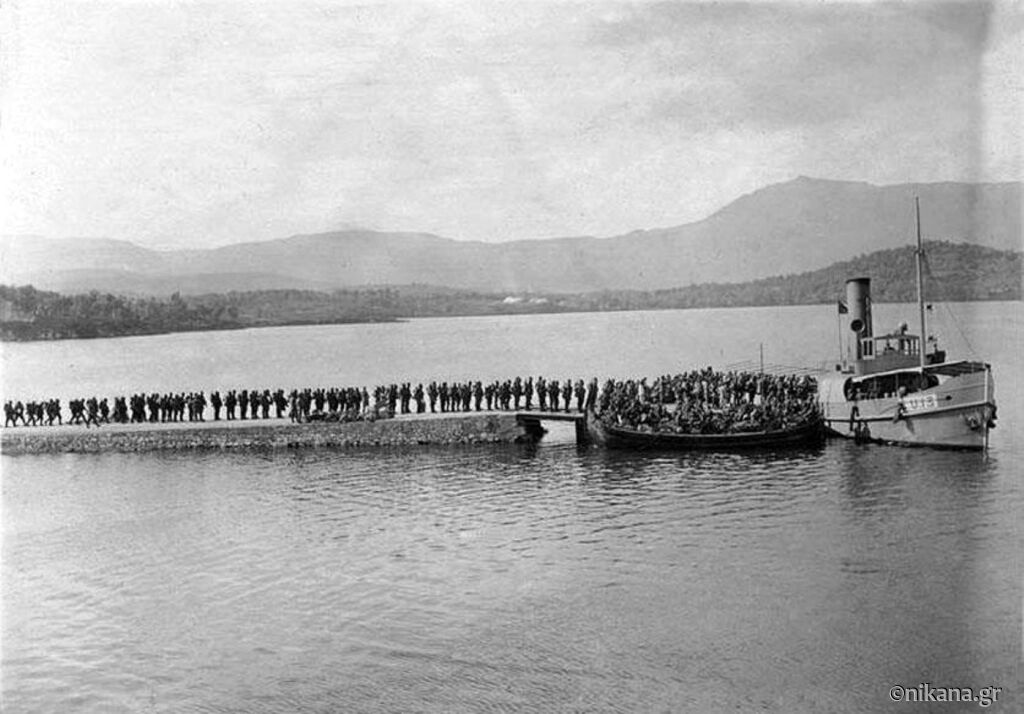
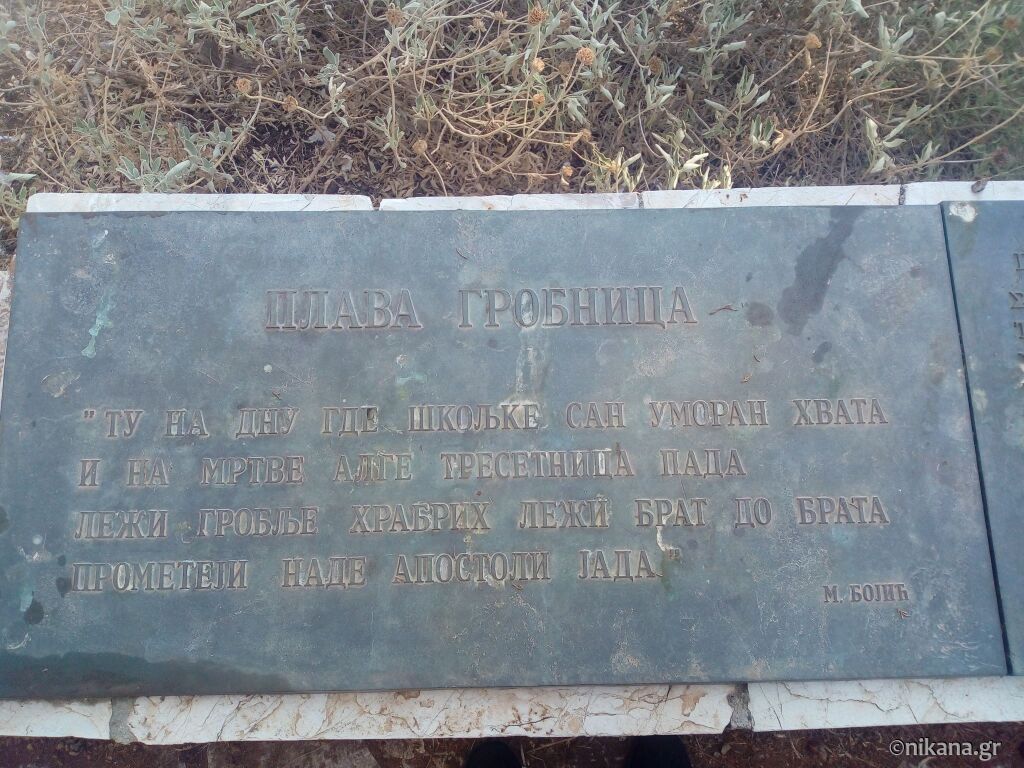
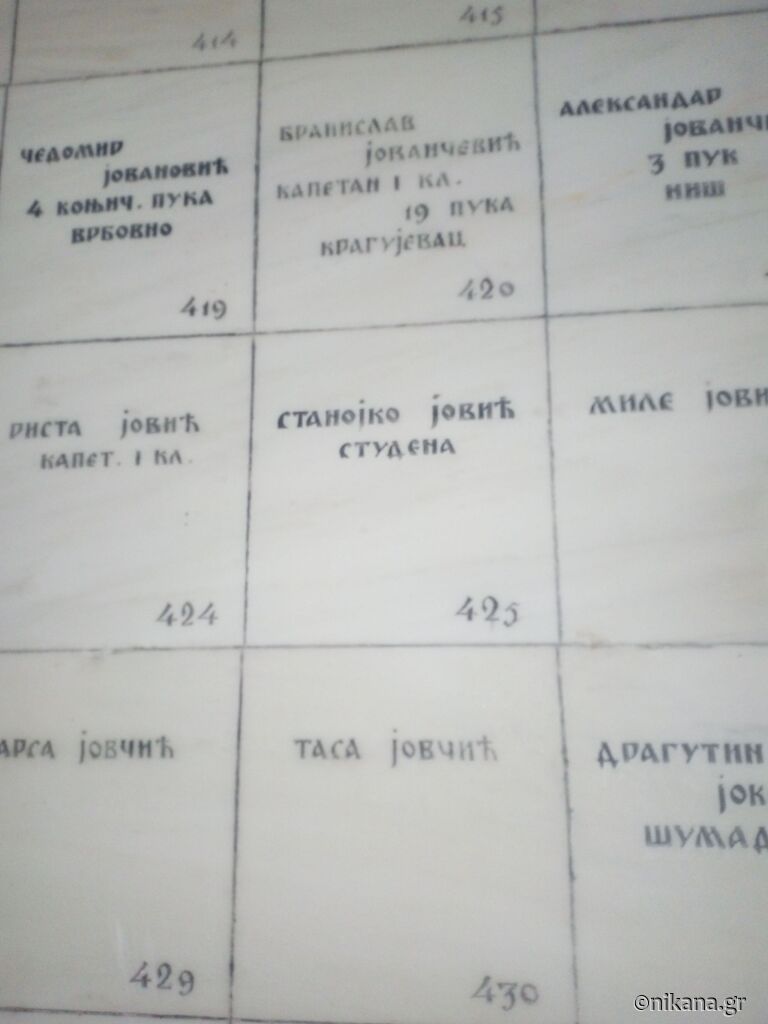
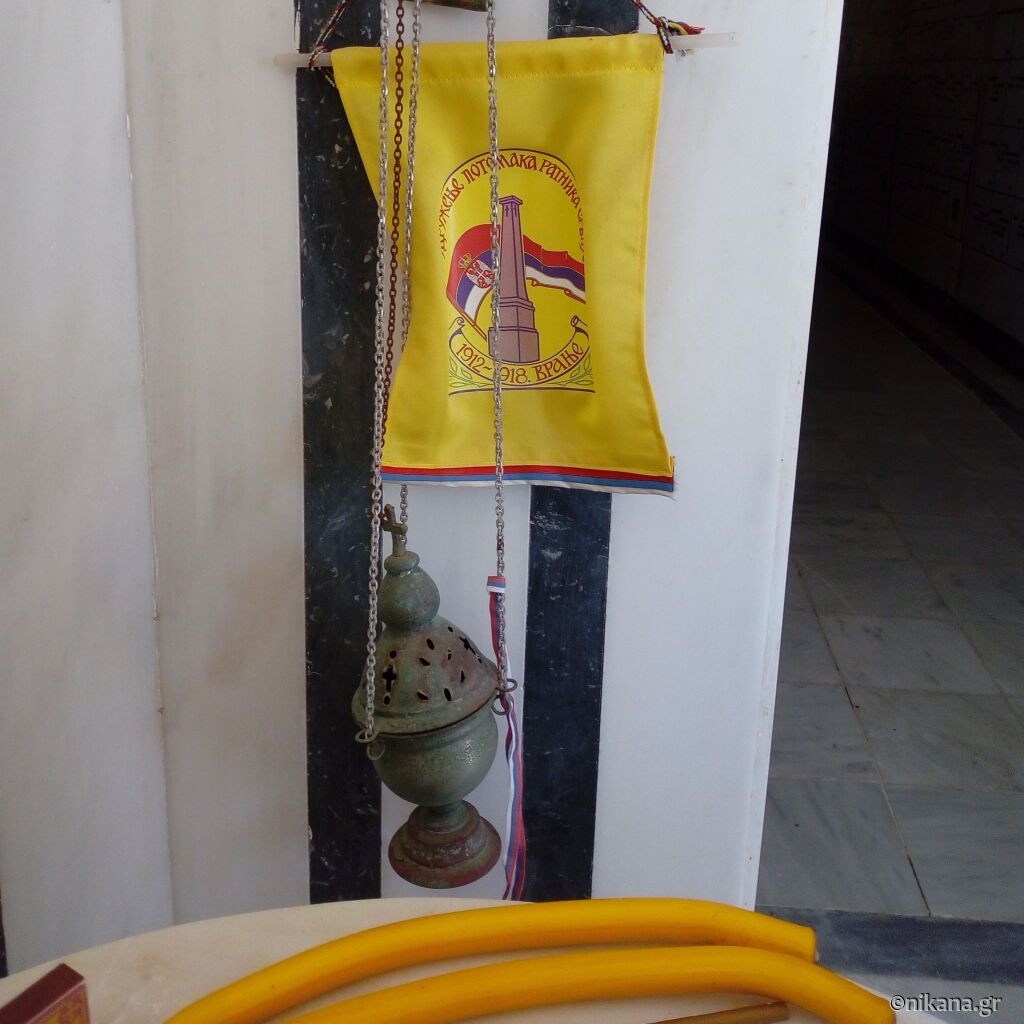

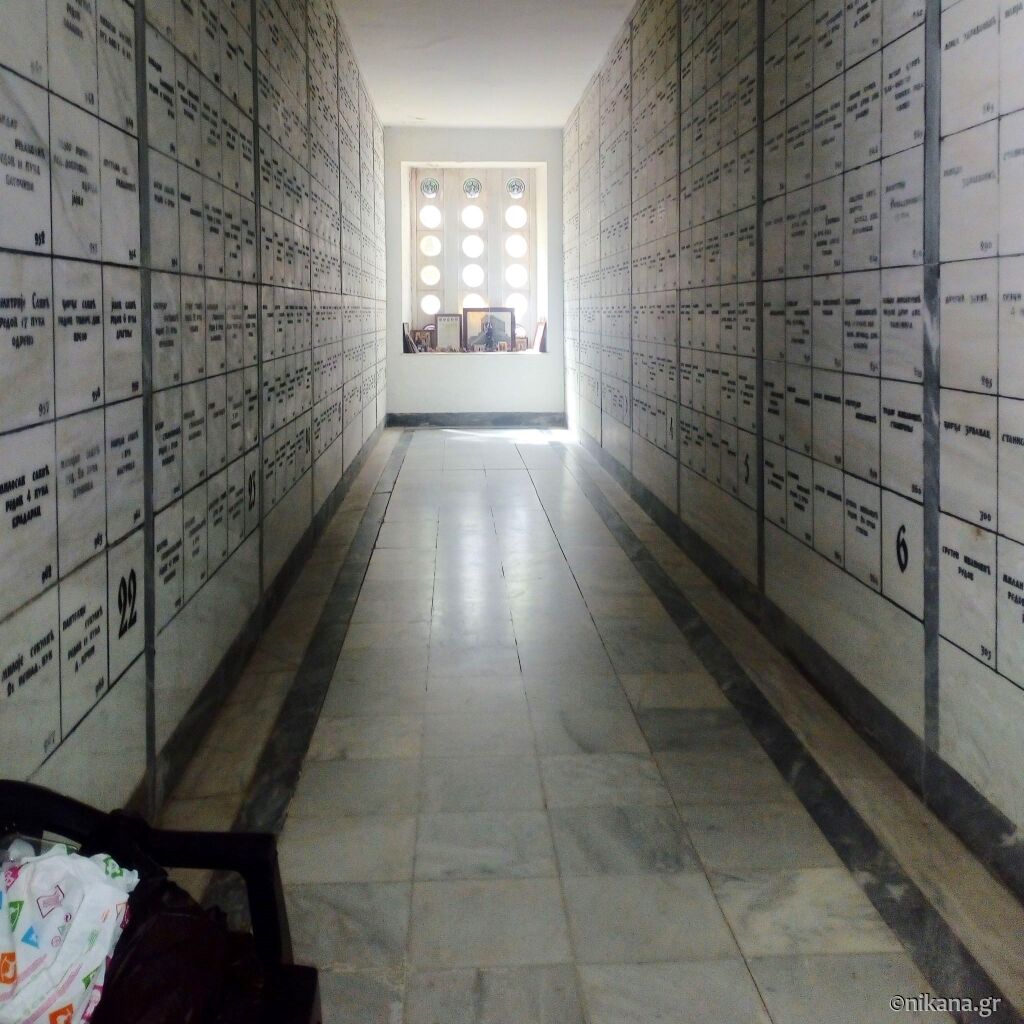

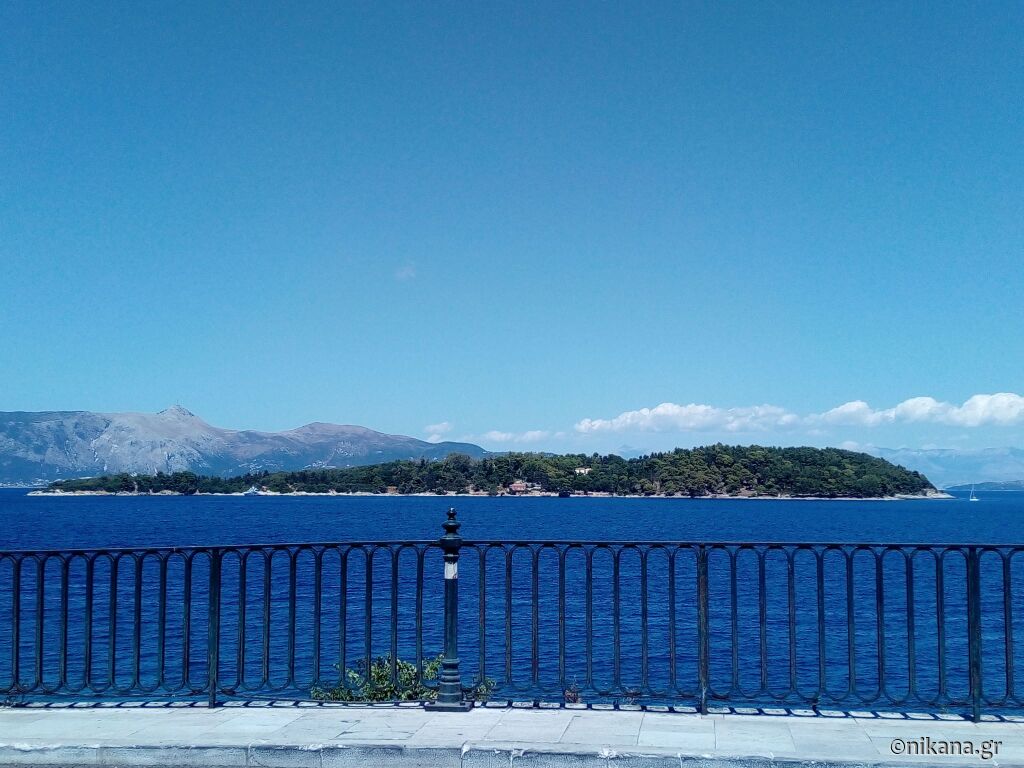

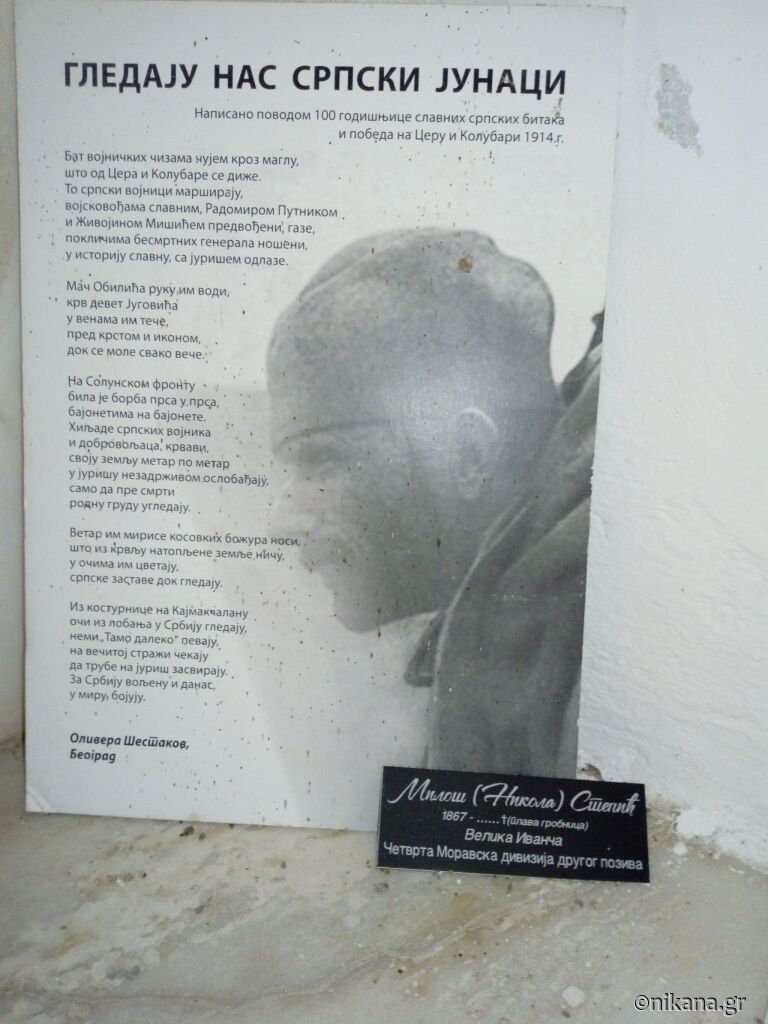

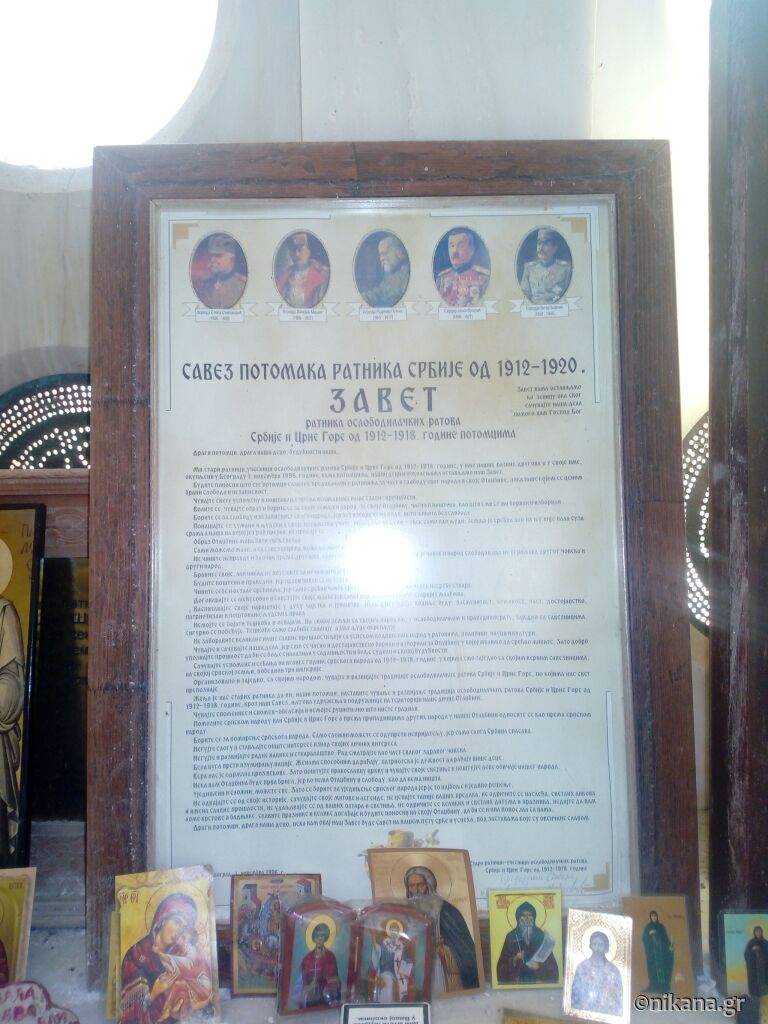
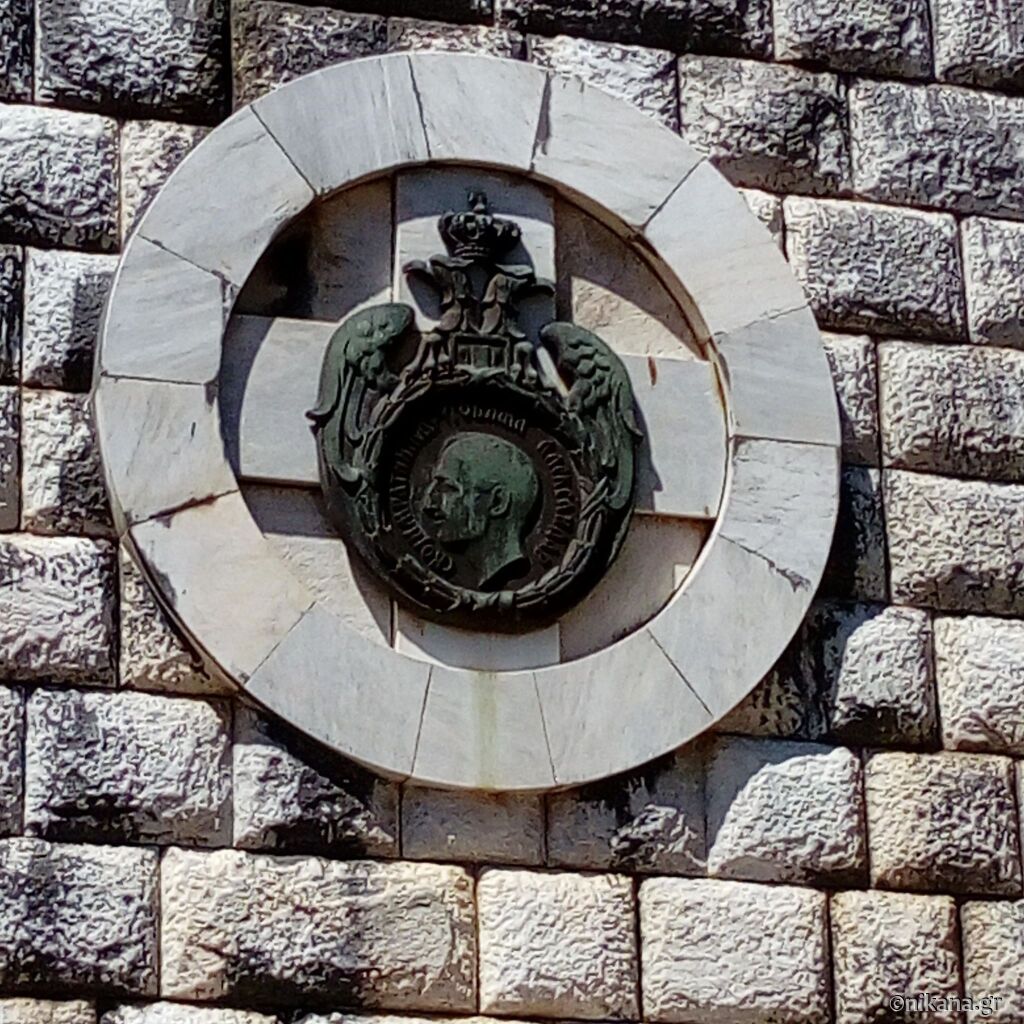

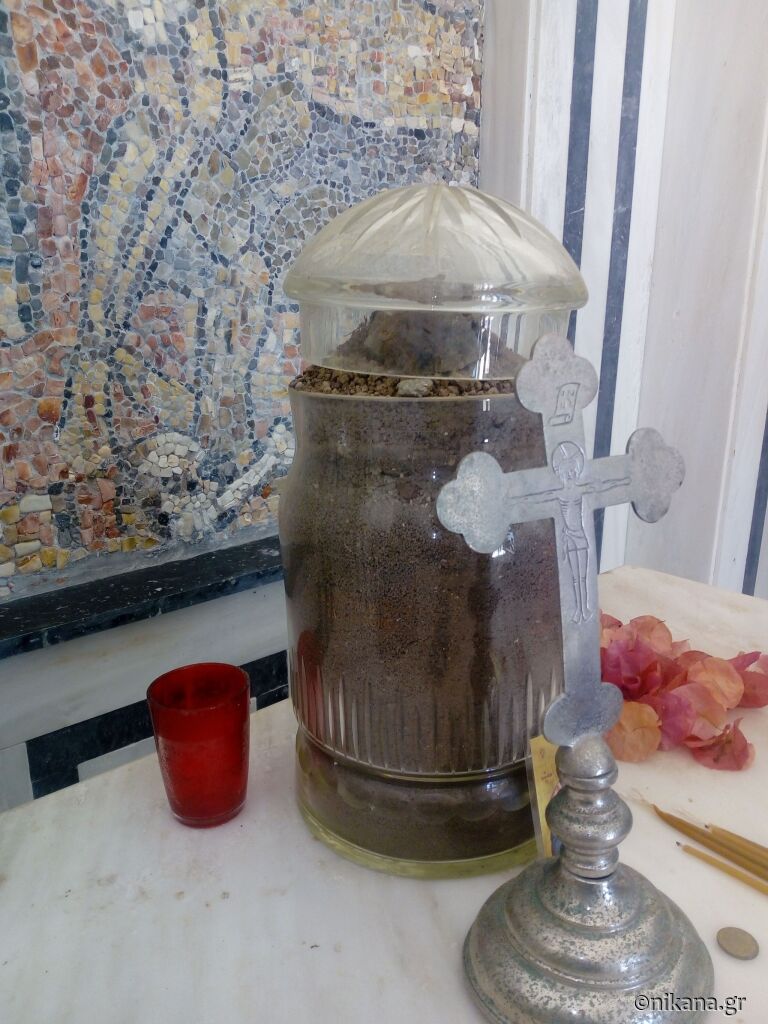
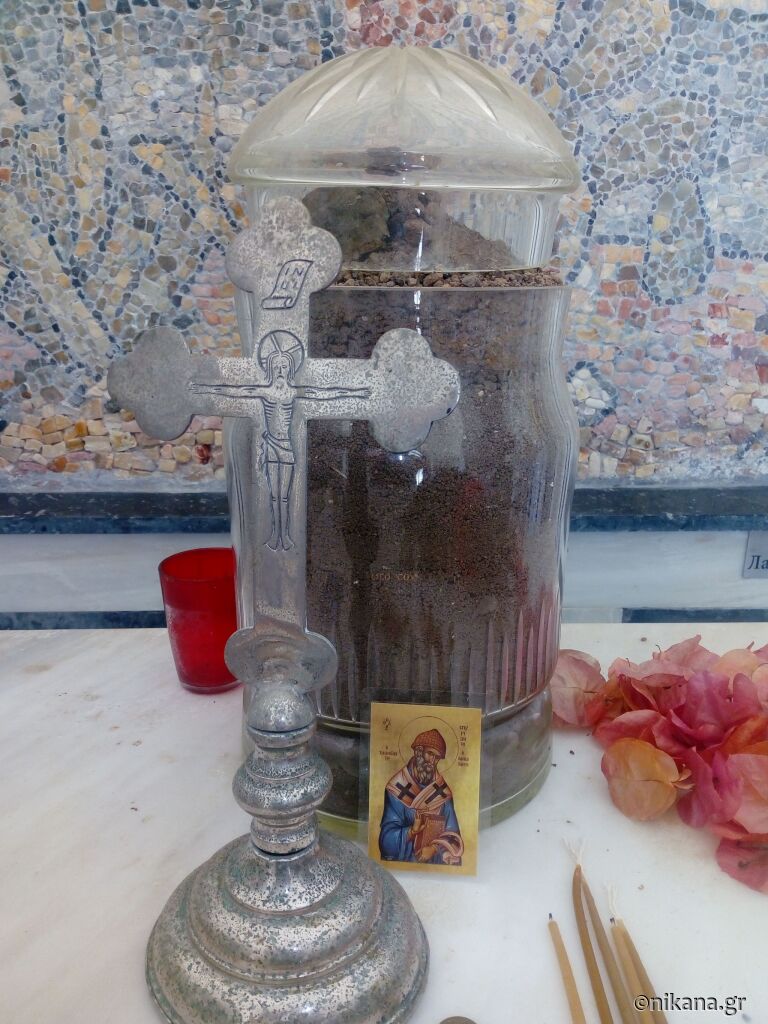
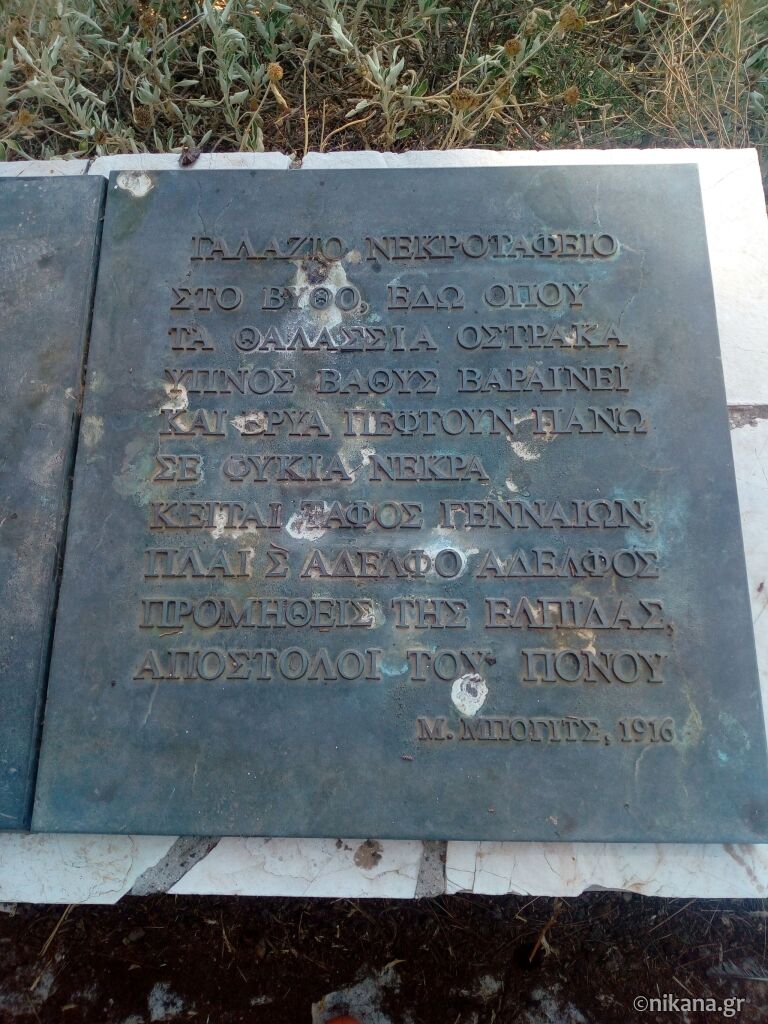

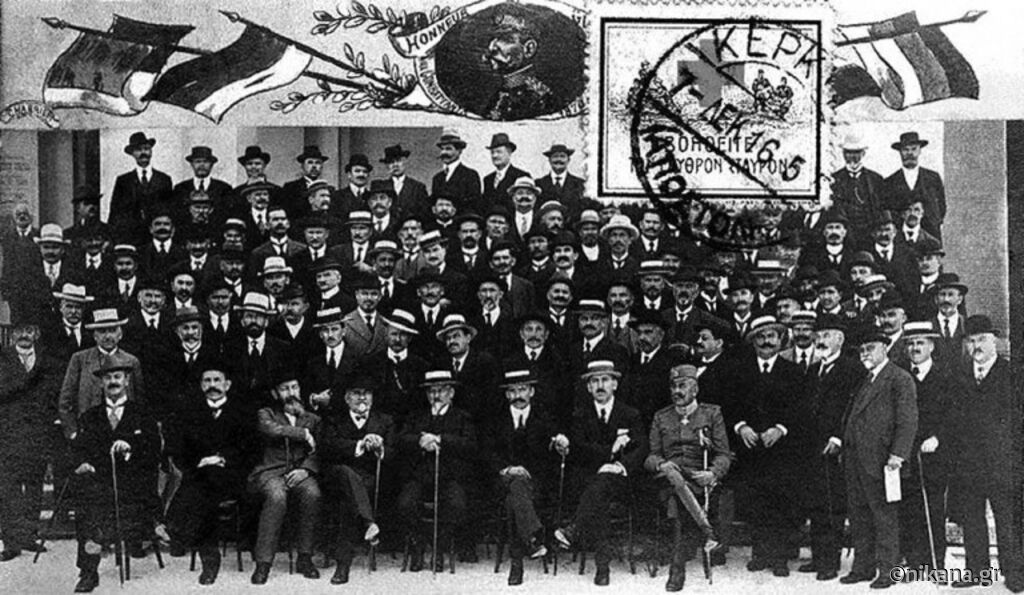
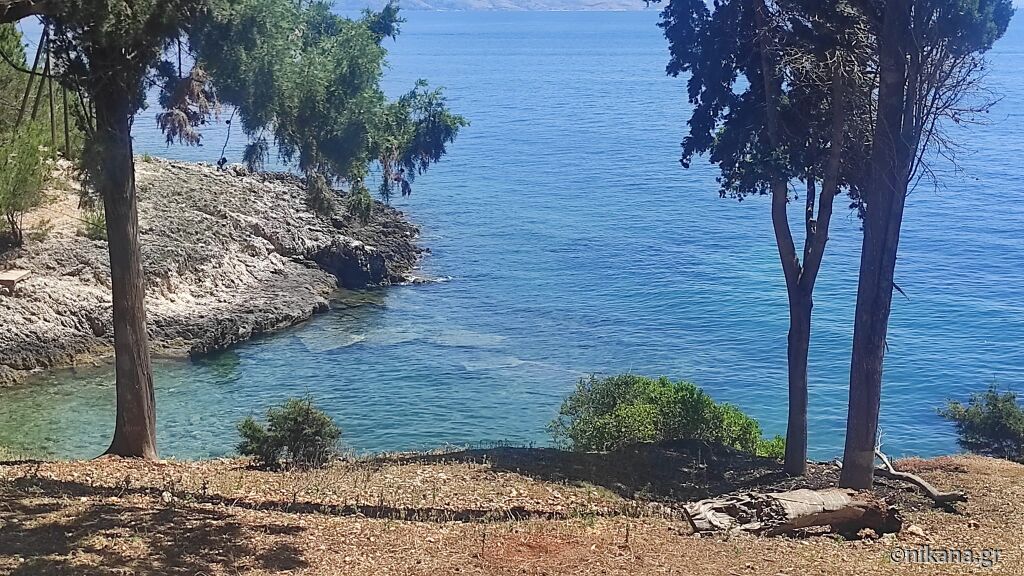
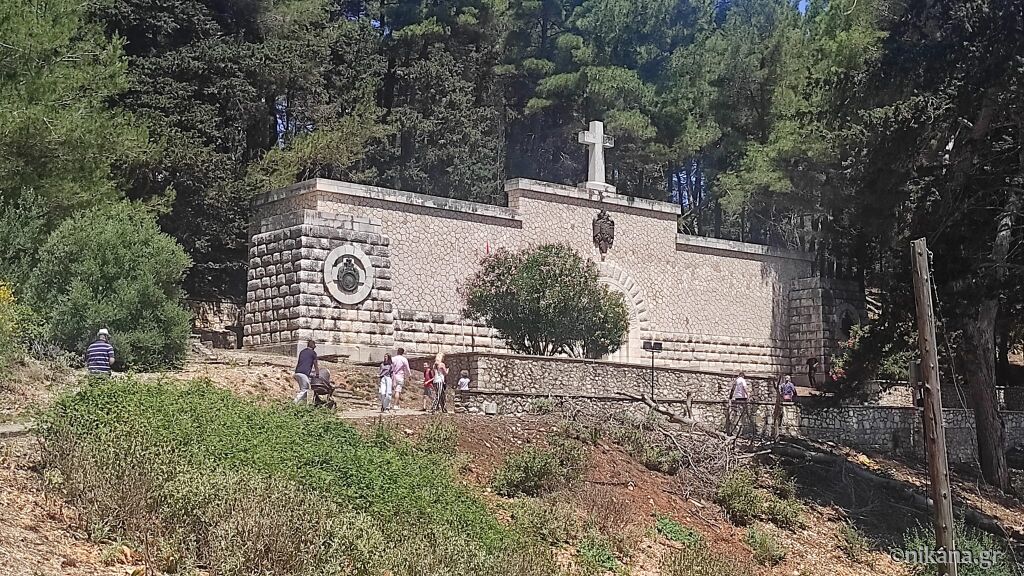
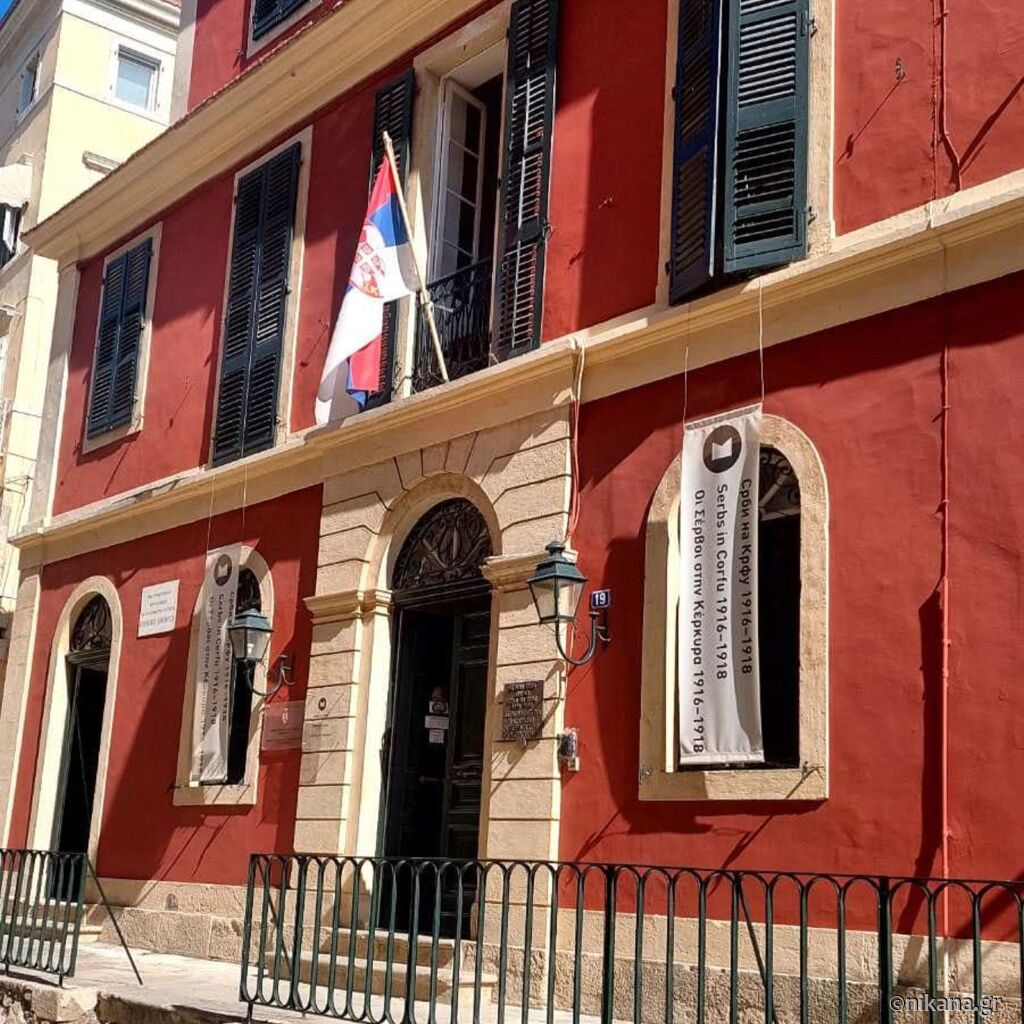
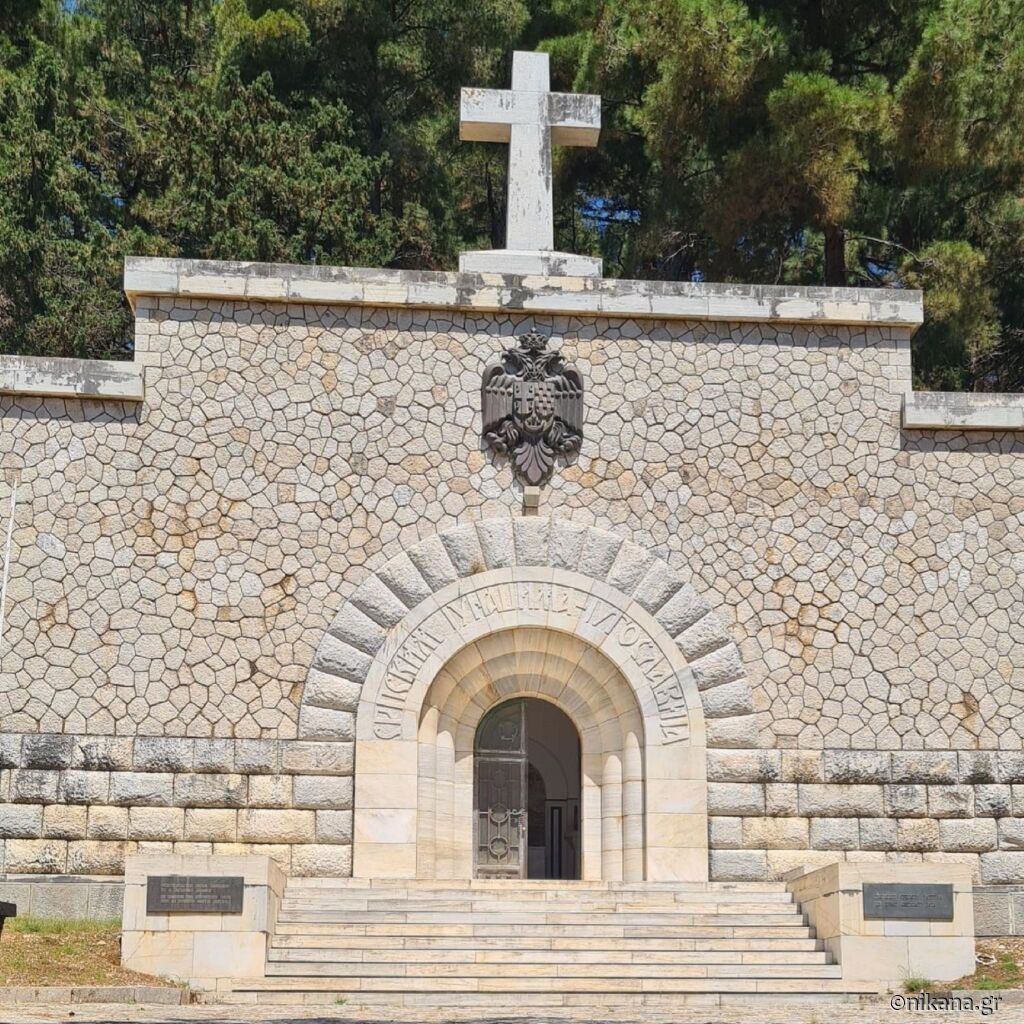
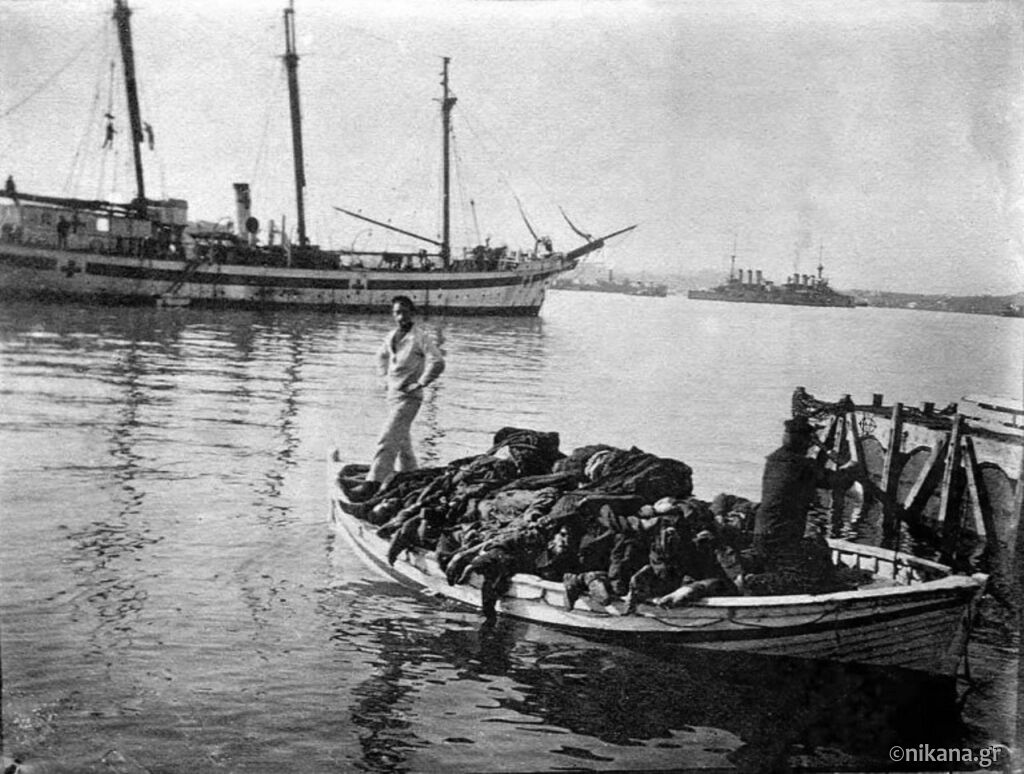
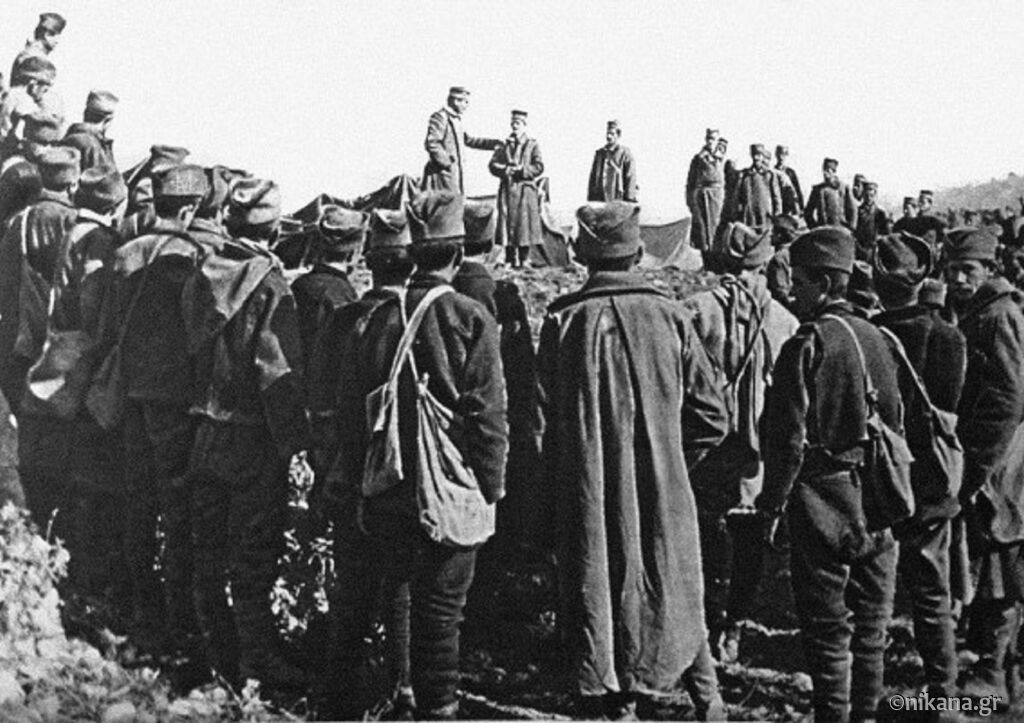
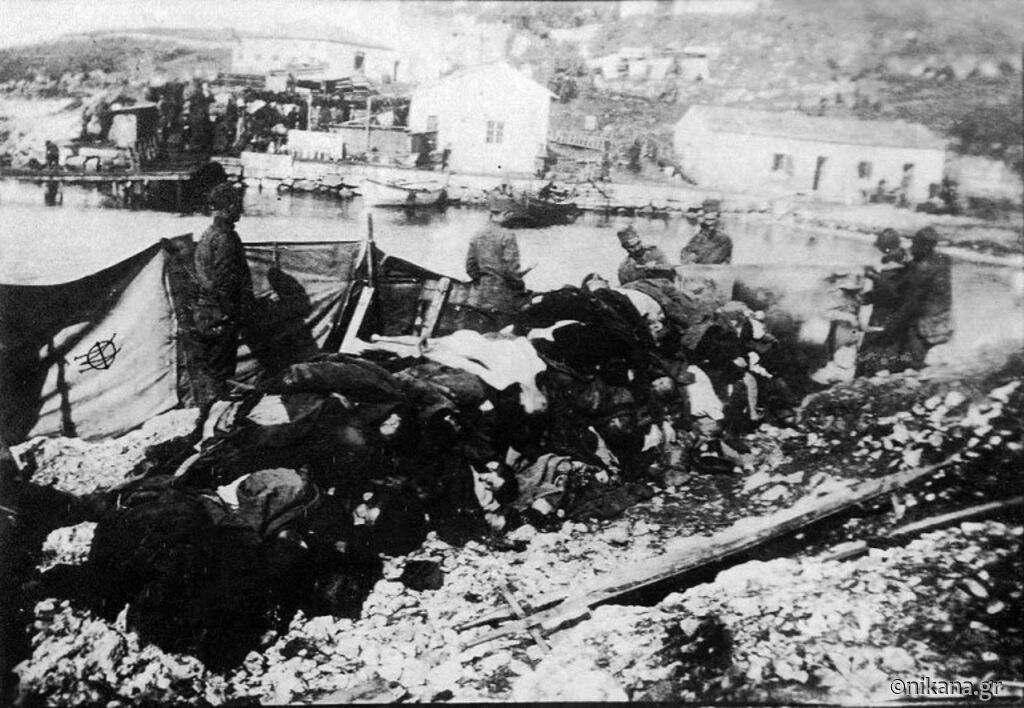
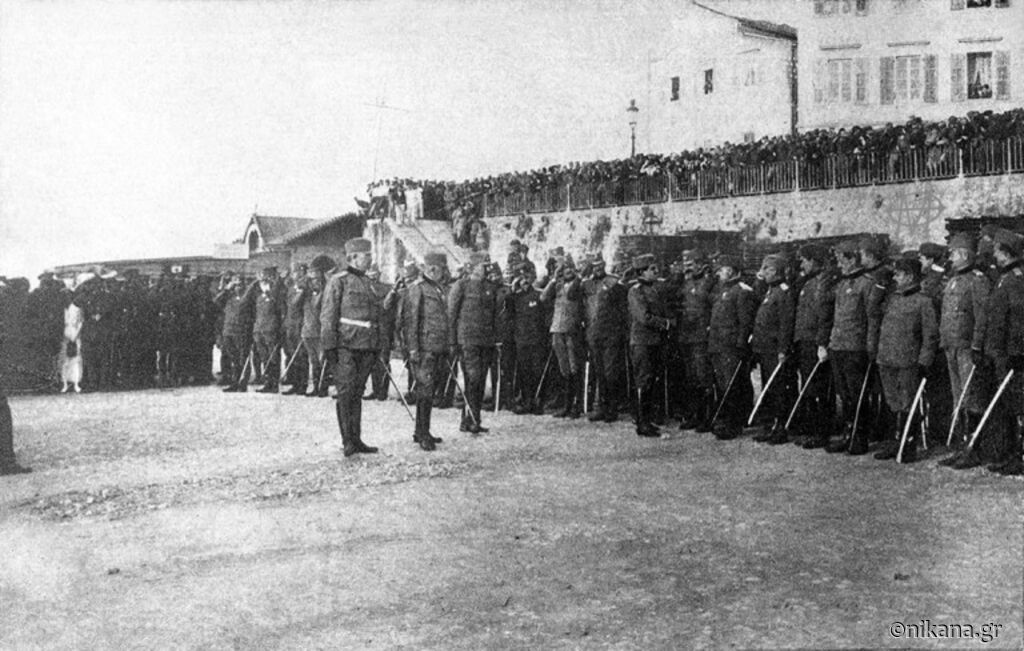
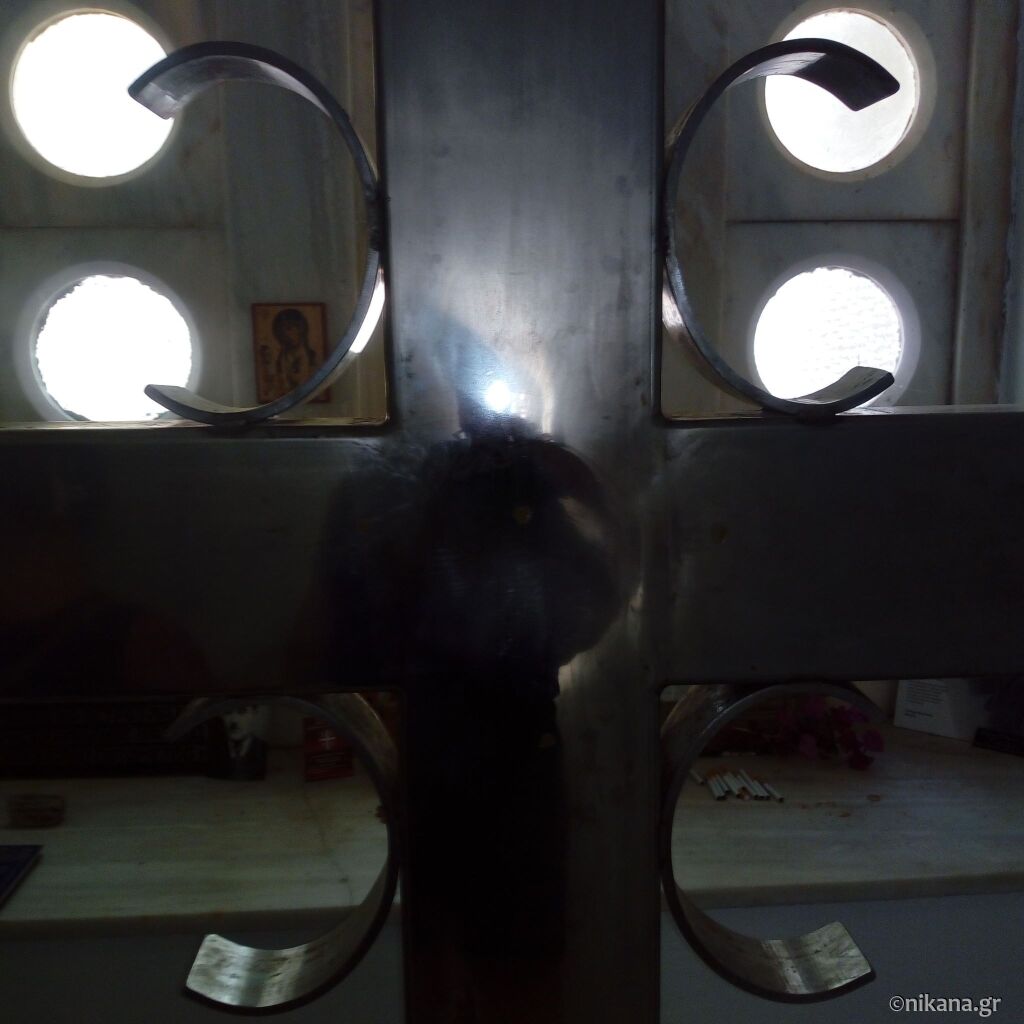

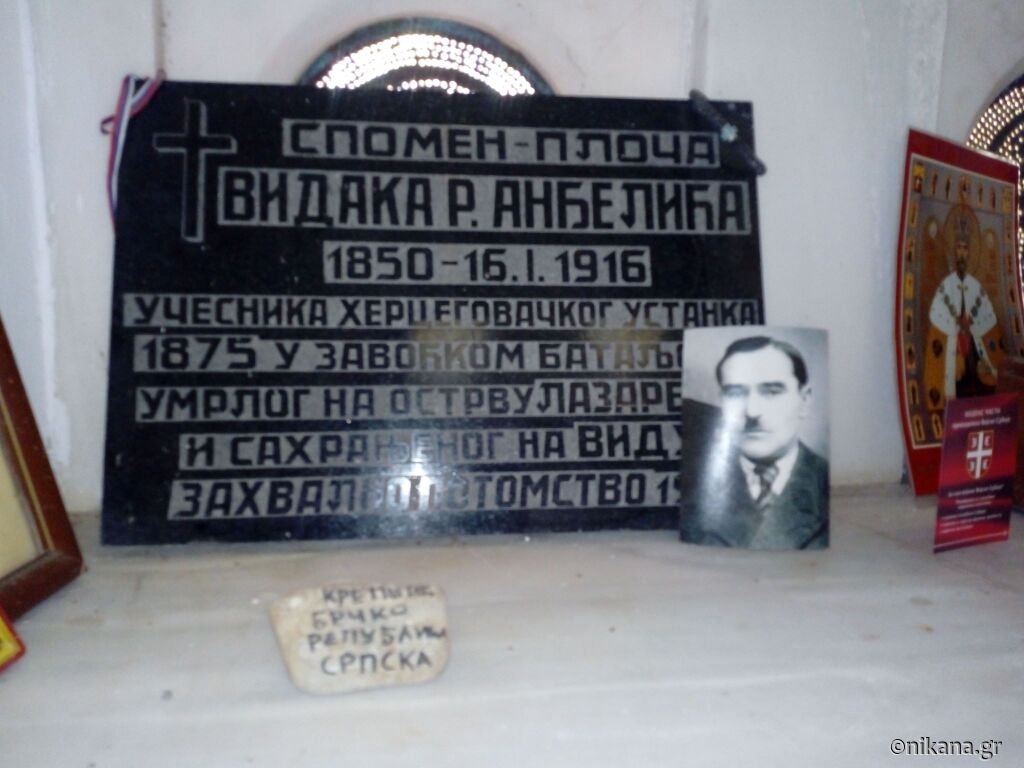
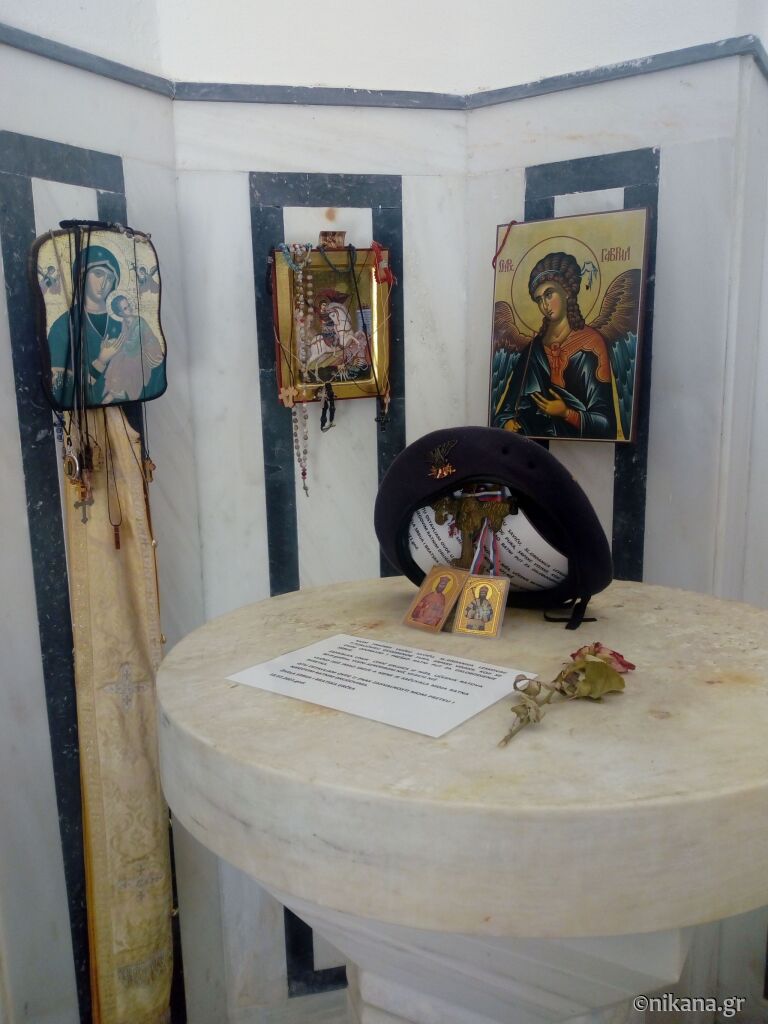
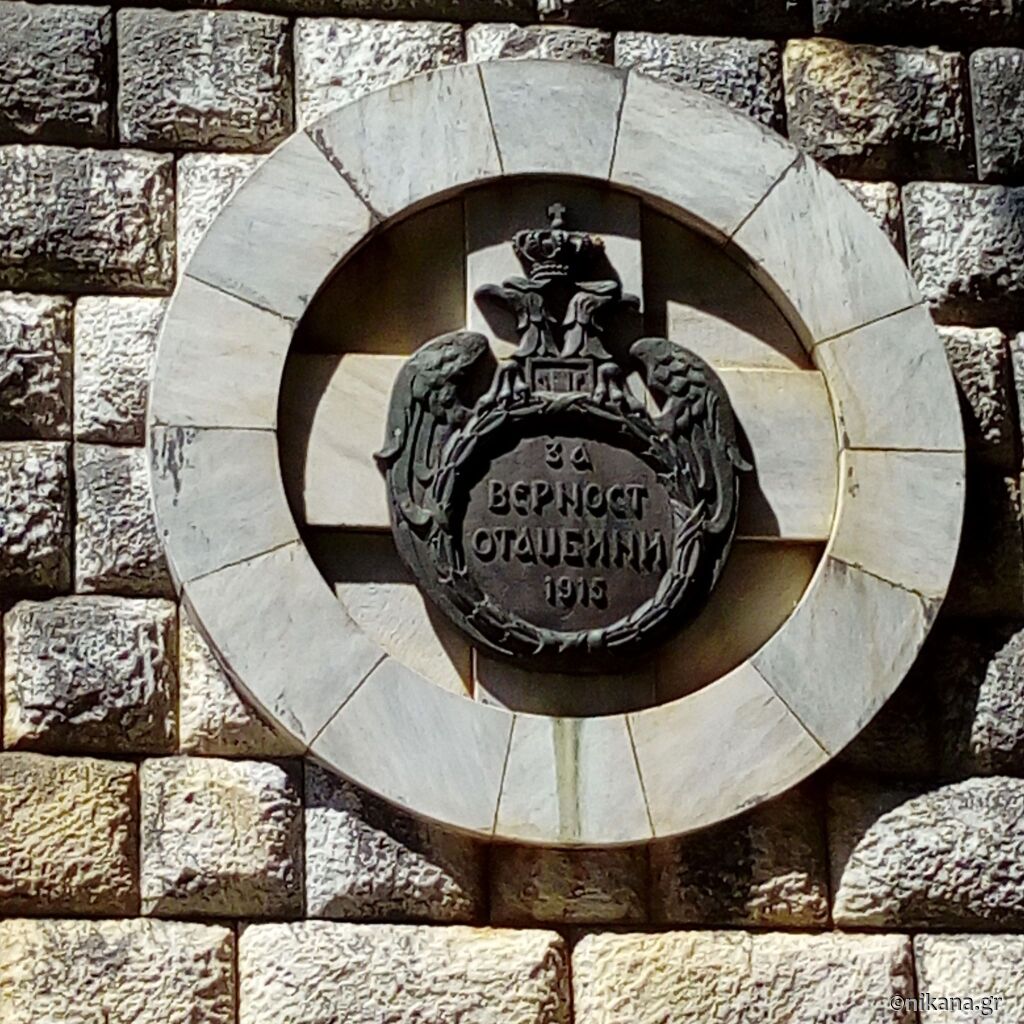
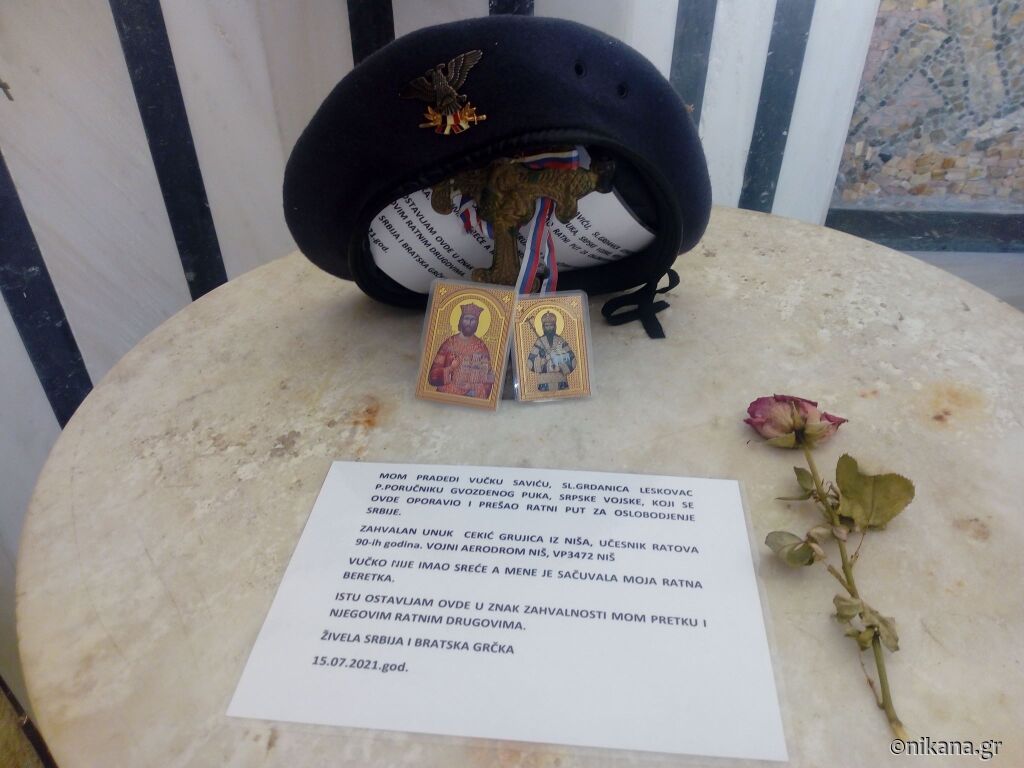

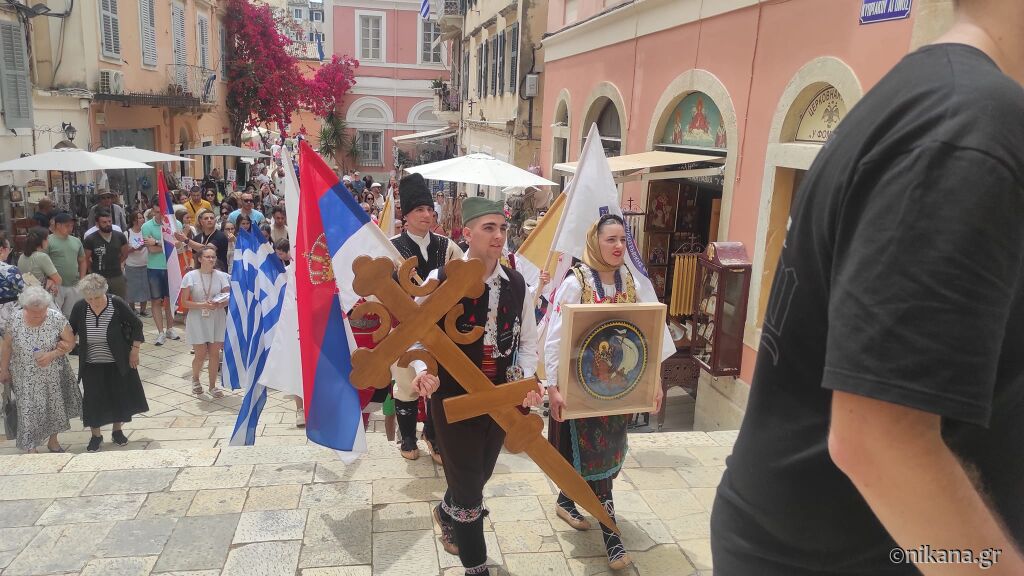







































Post a Comment
NOTE
All your questions in the comments will receive an answer via email so check your inbox shortly after you posted comment. For more detailed questions and responses, contact us via mail nikana@nikana.gr.